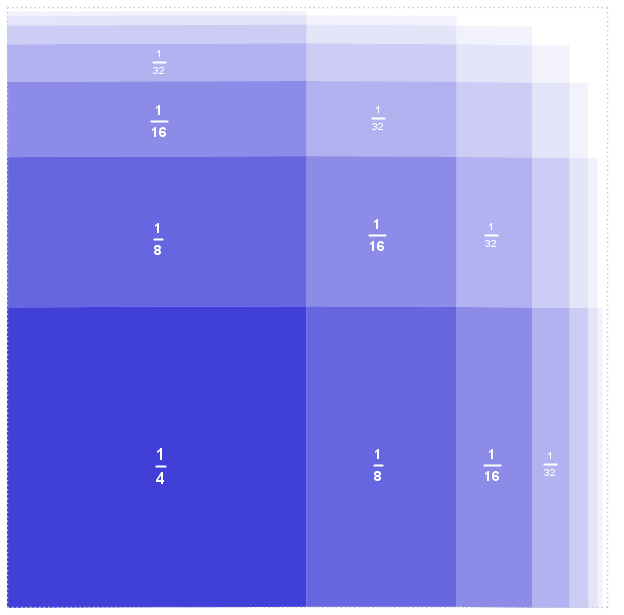I’d pulled out Ingenuity in Mathematics by Ross Honsberger yesterday in a twitter thread about old but fun math books. It was still on my dining room table this morning when I was looking for a project.
Chapter 16 showed a neat idea that I’d never seen before – if the decimal expansion of the reciprocal of a prime number has a repeating pattern with an even number of digits, then the first half of the digits plus the last half will add up to a number with all 9’s.
An example with 1/7 shows the property:
1/7 = 0.142857142857142857…., and
142 + 857 = 999.
The proof of this fun fact was a little more than I wanted to get into today, so instead I talked about reciprocals, then showed the property, and finally talked about Fermat’s Little Theorem which is one of the key elements in the proof of this property of prime reciprocals.
Here’s how we got going – just an introductory talk about repeating decimals:
Next up was the repeating decimal property of some prime numbers. It was neat to hear what the boys thought about this property:
Finally, we talked a little modular arithmetic and about Fermat’s Little Theorem.
This was definitely a fun and light project. I think the full proof of this interesting property of prime reciprocals is accessible to kids, but would take some planning. It was too much for today, though, but I was still happy with the discussion the property inspired.

















